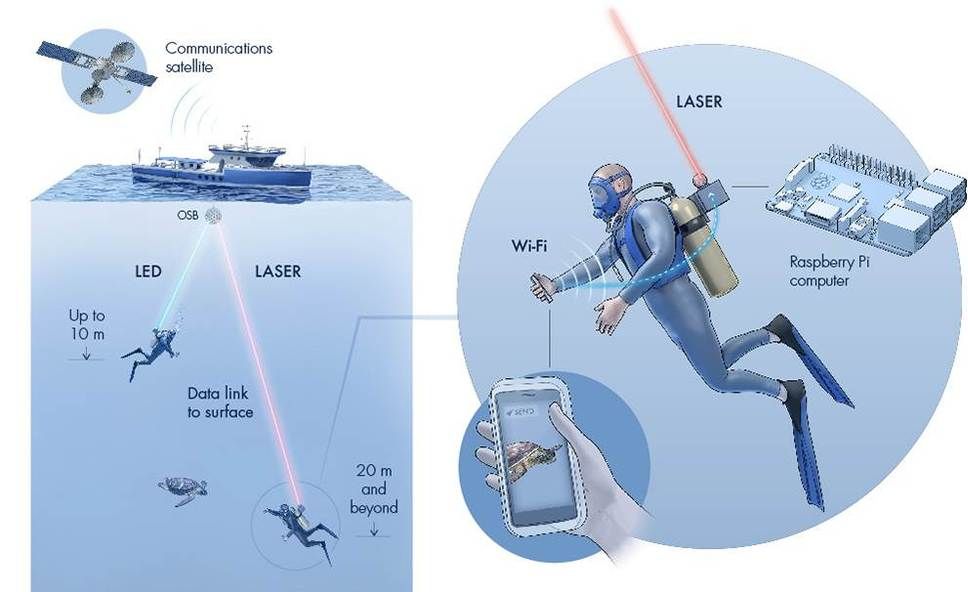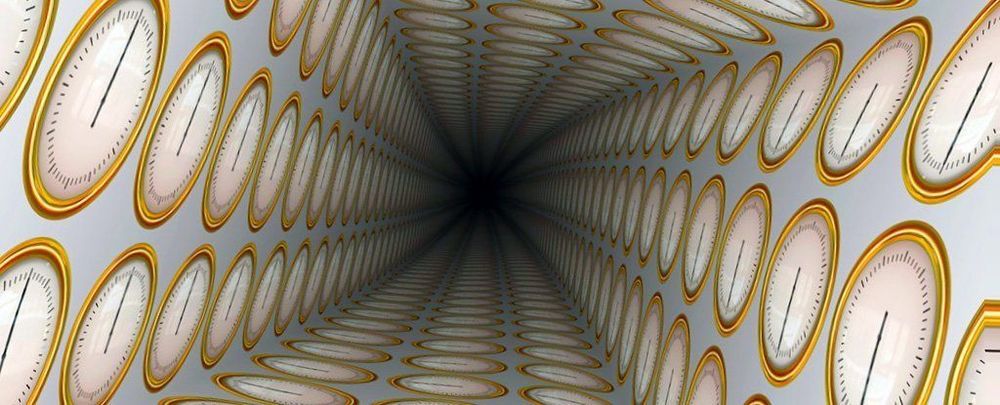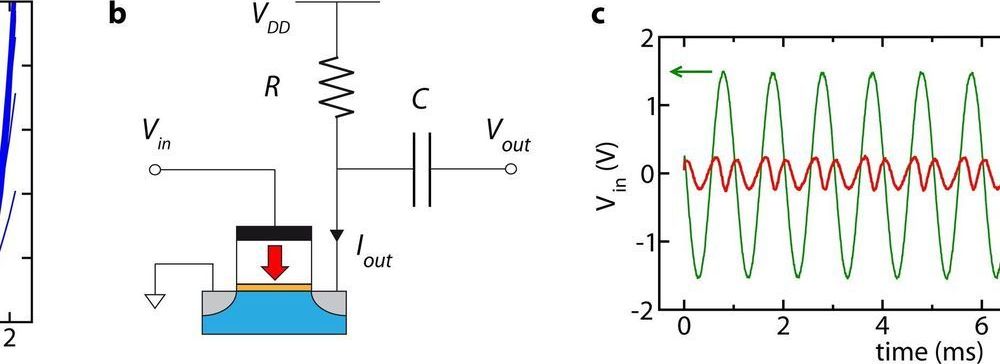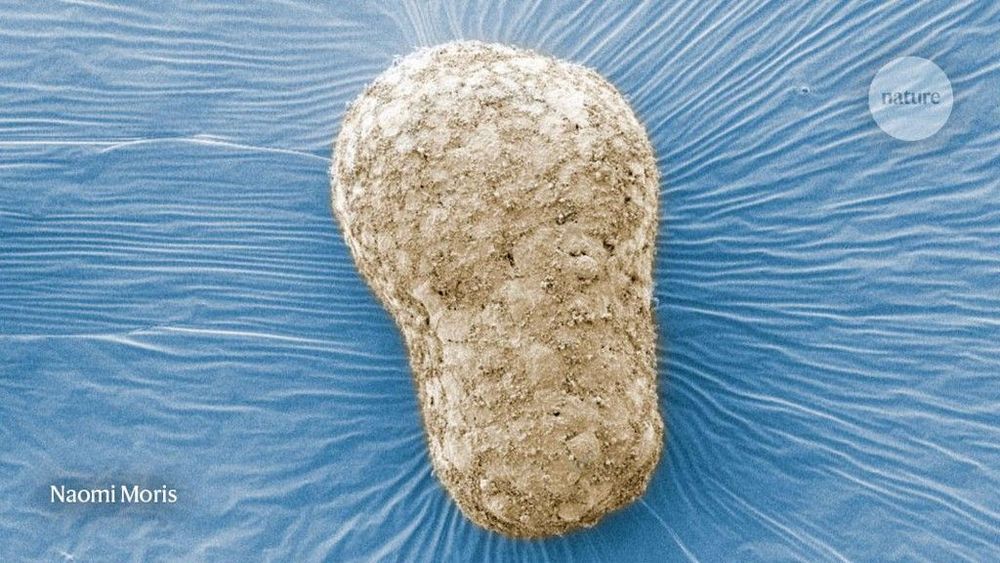Jun 13, 2020
The Coronavirus Is Spreading Through Indigenous Communities In The Amazon
Posted by Brent Ellman in categories: biotech/medical, health
“Now, nearly 2,000 people in and around Leticia are sick with COVID-19. About 70 have died. That might not sound like a colossal death toll at first. But because the surrounding state of Amazonas is sparsely populated, this amounts to the highest per-capita death rate in all of Colombia, according to figures from Colombia’s Health Ministry.”
The governor of Amazonas, Colombia, says it was impossible to cut the area off from Brazil, even as the virus spiked. Now the Colombian border town of Leticia is a coronavirus hot spot.
Continue reading “The Coronavirus Is Spreading Through Indigenous Communities In The Amazon” »


















